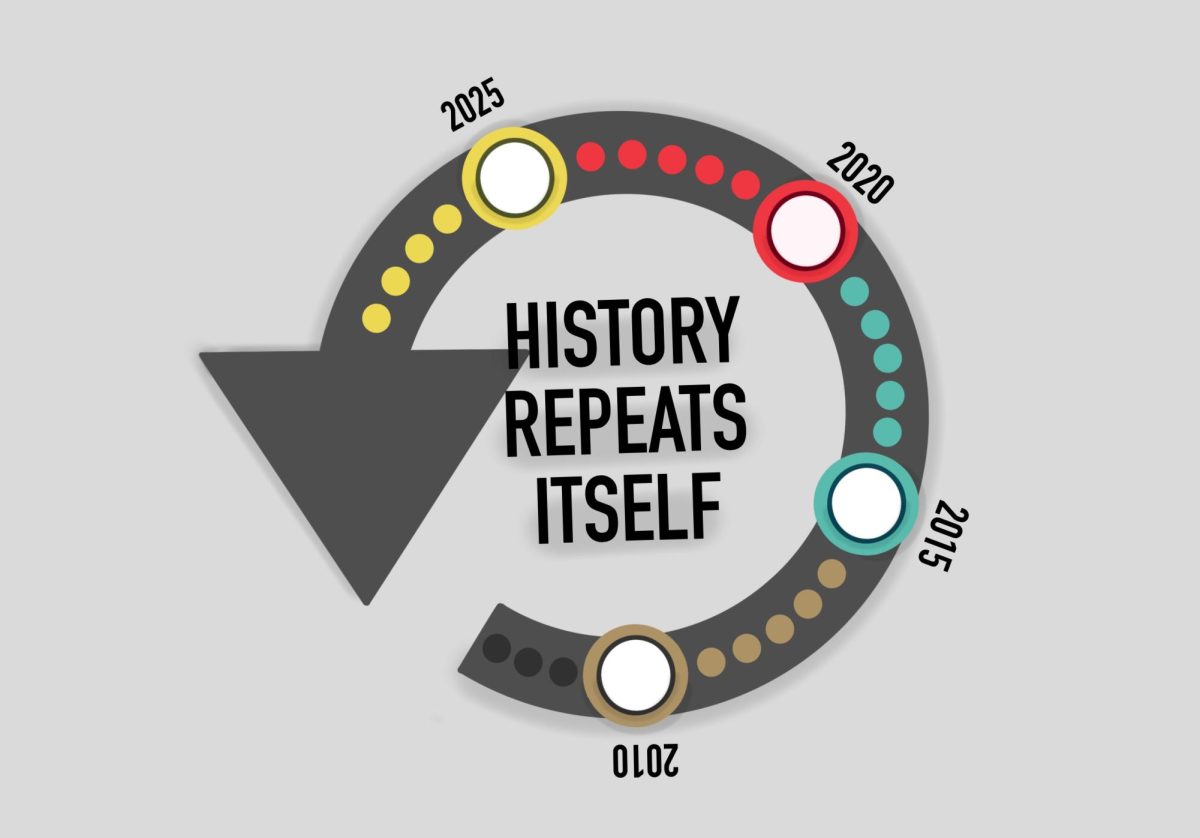“Every business tries to stay here as long as possible,” said Jason Davis, co-owner of Dinkytown Optical, a business that has been operating in its namesake neighborhood for 45 years. The shop just finished a stint in the half-timbered, decaying building at 1300 SE. 4th St. known for its Bob Dylan mural. In July, Dinkytown Optical and four other long-time businesses had to vacate the building; many of their signs still hang above the empty storefronts.
“Unfortunately, we weren’t given any information as to why we needed to leave for the future of the building,” Davis said. His business was the only one from 1300 to find a new location in Dinkytown. 1300’s landlord hasn’t told anyone what he’d be doing with the building, so the building has sat empty since July, as if caught in amber.
The businesses inside the buildings have proven to be the opposite of amber. The only constant in Dinkytown has been change. For nearly a century, Dinkytown has remained successful through this change by having a diverse commercial core of independent businesses made possible by the cheap rents and abundant space of its historic building stock.
Now, though, the neighborhood is at a turning point. The city needs to act to ensure Dinkytown can change without destroying itself.
There isn’t enough affordable commercial space in Dinkytown. The City has zoned for much more commercial use than what currently exists. “Finding an opening [once 1300 closed] wasn’t an easy job,” said Davis. He and his wife were contemplating a move to Stadium Village, but even that fell through. Only by acting right away on an opening at the old Verizon store was Davis able to stay in the neighborhood.
Others weren’t as lucky as Davis was. Dennis Anderson, a manager at the Hair Shaft, one of 1300’s former tenants, told the Minnesota Daily this summer after vacating: “I said my life was over. How am I going to pay bills?” Rents were too high for his barbershop to return somewhere else in Dinkytown, he said. The neighborhood’s rents left Anderson unable to remain.
A market analysis of Dinkytown done by Stantec, a global engineering and design firm, bears Davis’ and Anderson’s situations out. Although the analysis was done in 2013, it found that Dinkytown is a location where market demand exceeds the supply of available land and has little vacancy. It noted that without regulation, much of Dinkytown could be transformed within the next five years.
Since that 2013 report was drafted, The Marshall apartments and the Venue at Dinkytown apartments have come to Dinkytown. The projects added to Dinkytown’s commercial footprint, but their new space is unaffordable for independent businesses. The report notes that even if independent businesses pay similar rents to chain businesses, banks give better financing to developers when they have chain stores as tenants. That’s why we see chains like Gina + Will (Goodwill), Starbucks and Kung Fu Tea on the ground floor of the Marshall and the Venue.
However, even this commercial space wasn’t enough. Large chains are encroaching into the older buildings they usually avoid. The franchises Bonchon and Crisp & Green are going in where Vescio’s and Espresso Royale used to be, respectively.
These new businesses are indicative of the future Dinkytown is headed for. It’s getting much harder for small businesses to survive in Dinkytown. Government inaction is creating a Dinkytown that is too expensive for small businesses to thrive. More needs to be done. Davis put it quite well when he said, “I think some of the change is good, it’s necessary. If [Dinkytown] continues to change too much, it’ll lose itself.”













